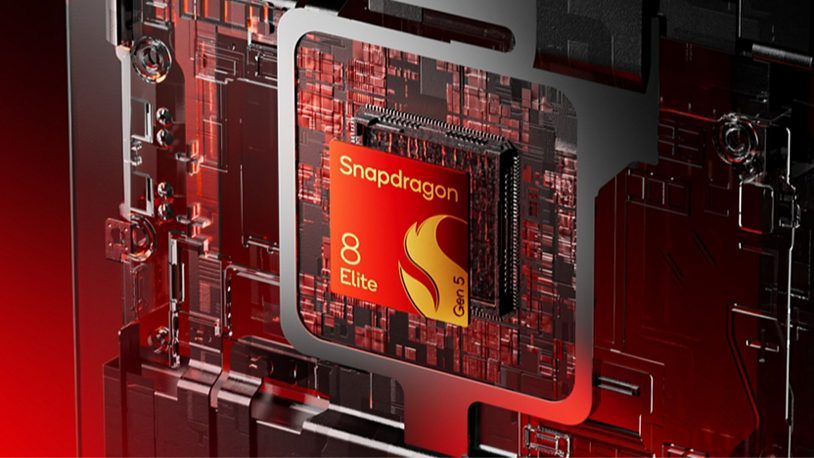Snapdragon 8 Elite Gen 5 for reference. | Image by Qualcomm
The next generation of high-end Qualcomm chipsets is probably a year away, but rumors already start to float – and things are looking… expensive. And technically advanced, of course.
Why the eventual price hike?


The Xiaomi 15 Ultra, for example, is already expensive as it is. | Image by PhoneArena
Aren’t flagships too expensive as they are already? Apart from those who have deep pockets, yes – I think nearly everybody would confirm that this is precisely the case. But, as we’ve talked about recently, phone prices could go up because of increasing RAM memory prices. For example, LPDDR5X RAM is in high demand due to the global AI chip race.
There’s more to it than just the RAM factor, though.
The Snapdragon 8 Elite Gen 6, the possible successor to the current top-shelf Snapdragon 8 Elite Gen 5, is what reputable Digital Chat Station tipster brings up in their most recent rumor:


Image source – Weibo
The Snapdragon 8 Elite Gen 5, which powers phones like the just-released OnePlus 15 – and which is expected on some Galaxy S26 models – is made on a 3 nm node. The upcoming next-gen Snapdragon could be made on a 2 nm. In the “nm game”, less is actually more, as it indicates a more advanced process and a better overall chip. So, if a processor is made on a 2 nm process, it has transistors and other parts inside that are built at a tinier scale than a 3 nm chip.
A lower nm number allows more transistors to fit into the same space, making the chip faster and more efficient. It also helps reduce power consumption and heat, which improves performance and battery life.
So, when a chip moves from 3 nm to 2 nm, it’s not just smaller – it should also be smarter, faster, and more power-efficient.
As you can correctly suggest, the more advanced the process, the higher the costs.
But that’s not the end of the story. There are more reasons why the price might go up.
UFS 5.0 and LPDDR6: bring on the good stuff
In the second part of their claims, Digital Chat Station says the Snapdragon 8 Elite Gen 6 will support the new memory standard LPDDR6, as well as UFS 5.0.
LPDDR6 (Low Power Double Data Rate 6) was presented in the summer of 2025. This new standard promises faster performance, better energy efficiency, and stronger security. LPDDR6 improves how data is handled by using a dual sub-channel design that allows more flexible and efficient data transfers. It supports faster access speeds, improved memory utilization, and features that adapt power use based on workload.
Compared to the previous LPDDR5 version, LPDDR6 runs on lower voltage levels and consumes less power while maintaining strong performance. It includes technologies that automatically lower energy use during light workloads and manage power more intelligently. To improve reliability, it adds new tools for detecting and correcting memory errors, protecting critical data, and maintaining system stability over time.
As far as UFS 5.0 goes, avid PhoneArena readers already know what it’s all about and how future phones could see a major speed boost thanks to this new standard. UFS 5.0 nearly doubles data transfer speeds to 10.8 GB per second, compared to 5.8 GB per second with UFS 4.0.
It’s also more power-efficient and optimized for the growing demands of AI-driven apps. While no manufacturer has confirmed plans to use it yet, its backward compatibility with older UFS versions should make adoption easier. Faster storage will mainly benefit AI features, allowing them to run more smoothly and respond more quickly.
That’s great and all, but…
Faster, better gadgets are what we all crave, but I personally think today’s (and many of yesterday’s) flagships are already blazing fast. I’m certainly not calling for technology to stop pushing the envelope, but phones shouldn’t cost an arm and a leg. Certainly not when ads are plaguing the experience.
#Snapdragon #Elite #Gen #support #LPDDR6 #RAM #UFS #youll #pay #flagship
